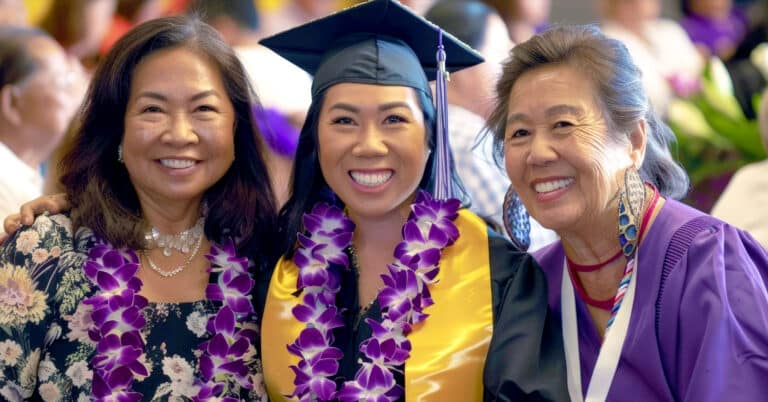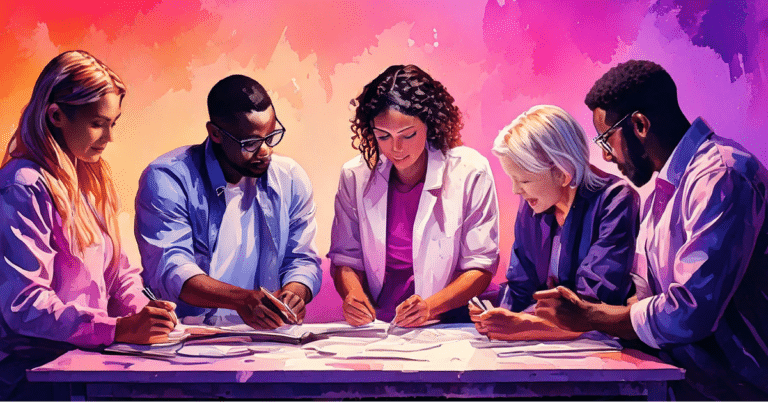When teacher Becca Roberts attended a professional development session on family engagement a few weeks before the start of the school year, she felt it was “now or never” to implement a new strategy: home visits.
“I am a big relationship person, and family engagement is a goal this year for our school,” said Roberts, who has been with the Oakes Public School District in Oakes, North Dakota for five years years and teaches first grade. “I thought if I didn’t do home visits this year I would chicken out, so I jumped in.”
While many educators are great communicators and skilled at getting parents and families the information that they need, engagement takes it a step further – not just sharing updates from the district or classroom, but inviting families into the conversation and engaging them without an agenda.

Every community includes members with differing perspectives, unique needs and a desire to see all children served well by their education. For the North Dakota Department of Public Instruction, interacting with individuals within their communities meant stepping back from the information they needed to deliver – and being ready to listen.
Learn More
After consulting with her principal and the district superintendent, Roberts used her class list to reach out to each family and let them know what she was planning, and why, as well as a few dates and times when she would be visiting families.
“I wanted to establish a relationship with everyone before open house, because open house can be a little crazy,” said Roberts. “I wanted that one-on-one time.”
Lori Phillips, a director of teaching and learning with KnowledgeWorks, has been working with Roberts and her peers and conducted the professional development that inspired Roberts’ home visits.
“As educators, we need to understand that the school setting can be intimidating. We need to think differently about how to build authentic relationships with all families,” said Phillips. “Home visits flip the script, sending the message that the school is interested in the child, their family and their life outside of academics.”
Roberts was nervous about trying something new and wanted to be sure parents understood her motives for visiting with her students in their homes.
“Whenever parents think of a teacher coming to their house, they might think, I have to clean for five days, prepare a meal, but I didn’t want it to be any extra effort and I communicated that to them,” Roberts said. “I told them I’d only come in if they invited me. Don’t worry about your house. I’m here to see your child, to meet with you.”
For Maureen Wentworth, a parent of one of Roberts’ students who had a home visit, the experience was a positive one for her and for her son.
“The home visit was probably the most exciting way that my son has been engaged with the school,” said Wentworth. “He is notoriously shy but was happy to chat with her. He felt pretty special that she came to visit just with him!”
During Roberts’ visits, her students wanted to show her everything: their room, their toys, their pets. And for those students she was able to visit, there was a baseline for communicating before the school year had even begun.
“Lori said I’d be surprised by how much easier it would be for my students to open up, because they’re in their safe haven,” said Roberts. “It’s their home – a familiar environment. And when they started school, they didn’t have to feel afraid or timid. Those initial scared moments weren’t there because we’d already met and had a chance to talk.”
Roberts is already planning to do home visits again next year.
“Now that families know that I am going to be doing this, hopefully it will be easier to find time to meet with everyone,” said Roberts, who regrets that due to the late notice, she wasn’t able to visit with all her students. While she doesn’t receive her class lists until about a month before the start of the school year, she doesn’t think that will be a barrier. “I want to ease the stress, the nerves, of a new school year for students and parents. I want to have those conversations, answer their questions, before open house so the transition to a new school, or new teachers or a new environment, is a little easier on students and their families.”
Meeting students where they are means we need to meet parents where they are, too.
This was written by former Senior Manager of Communications Jillian Kuhlmann.





